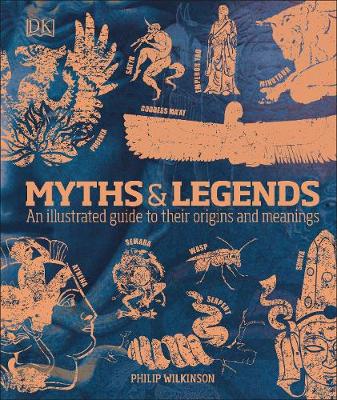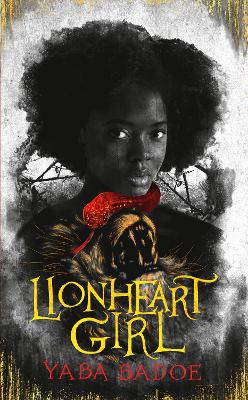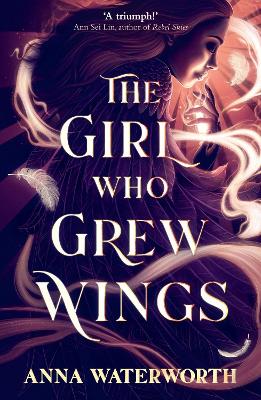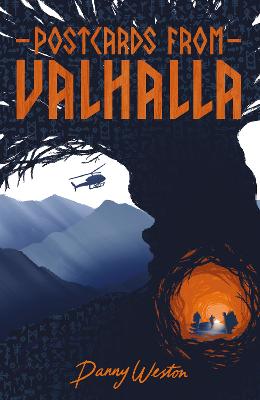Myths & Legends: An illustrated guide to their origins and meanings

By Author / Illustrator
Philip Wilkinson
Genre
Myths & Legends
Age range(s)
14+
Publisher
Dorling Kindersley Ltd
ISBN
9780241387054
Format
Hardback
Published
06-06-2019
Synopsis
Discover the world's greatest myths and legends - from Greek mythology to Norse mythology - in this comprehensive guide.
What did Japanese mythology say about the beginning of the Universe? How did Oedipus become the classic tragic hero in Greek mythology? Who brought about the origin of death in Maori mythology? Combining vivid retellings of famous legends with over 1,000 illustrations of characters, famous artworks, and artefacts, Myths and Legends makes it easier than ever before to understand the stories that are central to every culture.
Delve into the well-known tales of the ancient Greeks, which hold the key to such phrases as \"Achilles' heel\", as well as the lesser-known but richly colourful myths of Africa and the Americas. Explore global ideas such as fate and fortune, and the Underworld, and find out about the key characters - heroes, tricksters, and gods - that make up each myth system. Filled with the cultural and religious meanings behind each legend, and the influence they have had both in their own time and in today's world, this book is a must-have for all mythology enthusiasts.
Reviews
Sue
Completely absorbing, Myths and Legends: An Illustrated Guide to their Origins and Meanings is an absolute treasure trove of information about some of the most enthralling stories ever told. Full of illustrations, artifacts and works of art, the complexities and wonders of these stories are unravelled, making this a fascinating read for everyone.
In the introduction, the author explores the common themes of these stories, their cultural importance and how the oral roots of myths and legends has resulted in the many versions of each. The book is then divided into sections for each continent with spreads focusing on common threads, e.g. Earth Deities, Mythical Heroes, Ancestors, interspersed throughout. The author acknowledges that the book can 'tell only a fraction of the world's myths' and that many are from European cultures 'because they have been written down and widely circulated'. Much of the 'Classical Europe' section focuses on the stories of Ancient Greece, bringing alive those tales and illuminating many details. Common misconceptions are addressed: Atlas was not condemned to support the earth on his shoulders, but the skies, the celestial globe he is shown holding sometimes being mistaken for the Earth. Greek sources describe Pandora as carrying a 'pithos', a large storage jar rather than a box.
There is so much background information here to support teachers trying to navigate this complex mythology, making sense of connections and clarifying details. The Greeks are followed by a much shorter section about the Romans, explaining how they adapted many of the gods of the Etruscans and then combined their deities with many of the aspects of those of the lands they conquered. Sections on the myths of Northern Europe, Western Europe and Central and Eastern Europe follow. The Norse Gods, Beowulf King Arthur all feature in these pages. Particularly fascinating is the section on the Mabinogi, the rich treasury of Welsh myths and legends, first written down in the 12th century and the Slavic folklore of Baba Yaga and Koschei. Rich in detail and explanation, each page is compelling. There is so much here that would support a teacher using myths from these traditions, or books which draw on them, in their classrooms. The section devoted to West and Central Asia is no less fascinating. A rich mix of cultures and traditions offer a huge variety of stories, using artefacts and pictures to explain details and set them in context.
The book then moves to Central Asia and Arabia and gods like Mithra and Ahura Mazda and the animal myths of Mongolia. The mythology of Hinduism is explored in the South Asia section before East Asia celebrates the stories of China and Japan. Starting with recognition of the vastness of the African continent and the diversity of cultures it embraces, this section begins with the mythology of ancient Egypt before moving to the cultures of West Africa, Central Africa and then East Africa. Once again, the text is full of fascinating details, delighting in the richness of these stories. The myths of Southern Africa are also explored. The section on America starts with the varied myths of the native people of North America whose stories are closely linked to their lives before moving to Mesoamerica and stories of the Maya, Aztecs before looking at the Caribbean and then South America. There is far too much to comment on here, but so much to learn.
The final section is about Oceania. Here, the myths of the indigenous people of Australia and Polynesia. Once again, clear explanations and illustrations clarify these stories and their role in the lives of the people who told them. There is so much to comment on and enjoy in this book that a review could go on for pages. Not being an expect in cultures and traditions of the world, I can offer no comment on the accuracy or authenticity; however, as someone with an interest in mythology, I can state that this is a fascinating read, invaluable for teachers, and one which I will be returning to again and again.
352 pages / Reviewed by Sue Wilsher, teacher
Suggested Reading Age 14+
 Lionheart Girl
Lionheart Girl
 The Girl Who Grew Wings
The Girl Who Grew Wings
 Postcards from Valhalla
Postcards from Valhalla
 Hideki Smith: Demon Queller
Hideki Smith: Demon Queller
